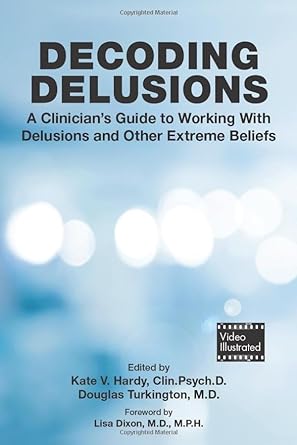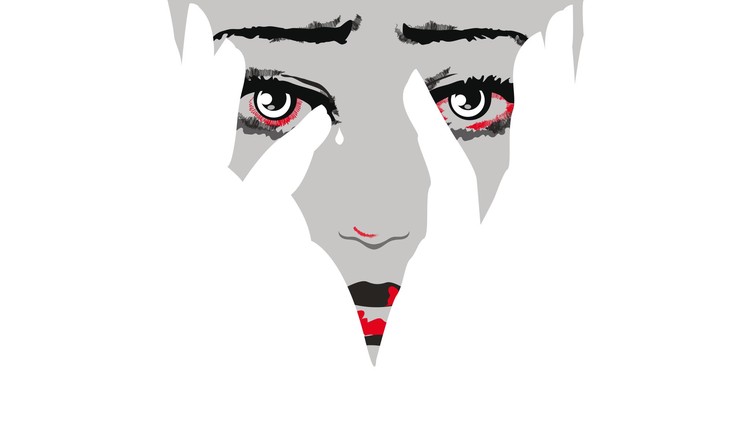
When people report the extreme beliefs that are often labeled “delusions,” it can be difficult to know how to make sense of what is going on and what might be helpful. That’s why I took the time to review a new book on the subject, “Decoding Delusions: A Clinician’s Guide to Working with Delusions and Other Extreme Beliefs,” edited by Kate V. Hardy and Douglas Turkington.
What follows is a draft version of the review, but if you are one of the first 50 people to click on this link, you can see the final version that is now published online in the journal ‘Psychosis.”
Delusions are commonly understood within a medical model, but this book challenges that, starting with the title! That is, the assertion that delusions might be “decoded” implies that with some effort we might come to understand them, a notion that is in sharp contrast to the prevailing belief that delusions are just the meaningless product of a brain that has become ill.
We tend to call a person’s beliefs “delusions” when we can’t come up with a better understanding of why the person believes them. This can provide some relief for us: if the strange belief is simply caused by an illness, then we don’t have to wonder any more about any meaning we might be missing or how the belief might be an understandable result of the person’s life experience. Unfortunately, while this may make us feel better, it risks trapping the person with the strange belief in a lifetime of confusion and disconnection, where people around them give up trying to understand them and where they also come to believe that it is pointless to try to understand themselves.
In contrast, “Decoding Delusions” offers multiple perspectives on both the possible sources and meaning of these beliefs and on how to help people understand themselves and how to experiment with shifting views in ways that can reduce distress.
The chapters of this edited collection offer varying points of view, including views drawn from lived experience, from contrasting theoretical perspectives, and from people working in different settings and with different cultural groups. And to facilitate working with those different cultural groups, it includes guidance in thinking about extreme beliefs through a cultural lens.
One angle well covered in this volume is the possibility of delusions having their source in traumatic experience. The impact of understanding them this way can be profound, as evidenced by this exchange reported in one of the chapters:
“’I am going to tell you that there is absolutely nothing wrong with you.” Quite taken aback, I said, “But I’ve been told I have schizophrenia; I have been told that I will never recover.” He said, “I know what you have been told, but I am telling you there is nothing wrong with you whatsoever. This is normal, it’s not illness. In the context of your life, this is normal.’”
Of course, letting someone know that their way of thinking may be an understandable reaction to their life events is just a beginning; the bigger challenge is to help them modify those reactions and to find a new perspective on the world. This opens the door not only to reducing distress but also creates opportunities for people to recover and to regain control of their life. Here, the book also has a lot to offer: it describes many cognitive behavioral approaches to change but also other promising approaches drawn from sources such as psychodynamic and compassion focused therapy.
Human beliefs come in many forms and varieties, including those which are called delusions. The book explores ways of understanding and working with many forms of delusional thinking, including persecutory paranoia, delusional jealousy, erotomania, Capgras syndrome, and delusions of thought possession, and it compares beliefs that qualify as delusions held by individuals with the often equally wild conspiracy theories that are of increasing popularity within many subcultures.
As a bonus, the book includes links to a series of video examples illustrating effective therapy approaches for people who seem to have delusions (along with a couple of illustrations of approaches that are likely to be ineffective or to backfire.) People with delusions often seem stuck in unhelpful beliefs, but the mental health field has also been stuck in unhelpful beliefs about such delusions. The contributors to this book deserve credit for guiding us into taking a fresh look at the evidence and considering more helpful perspectives.
One other resource of note on alternative ways of understanding and working with “delusions” is this video presentation by Rufus May – a psychologist who was once hospitalized due to his own extremely paranoid beliefs!



